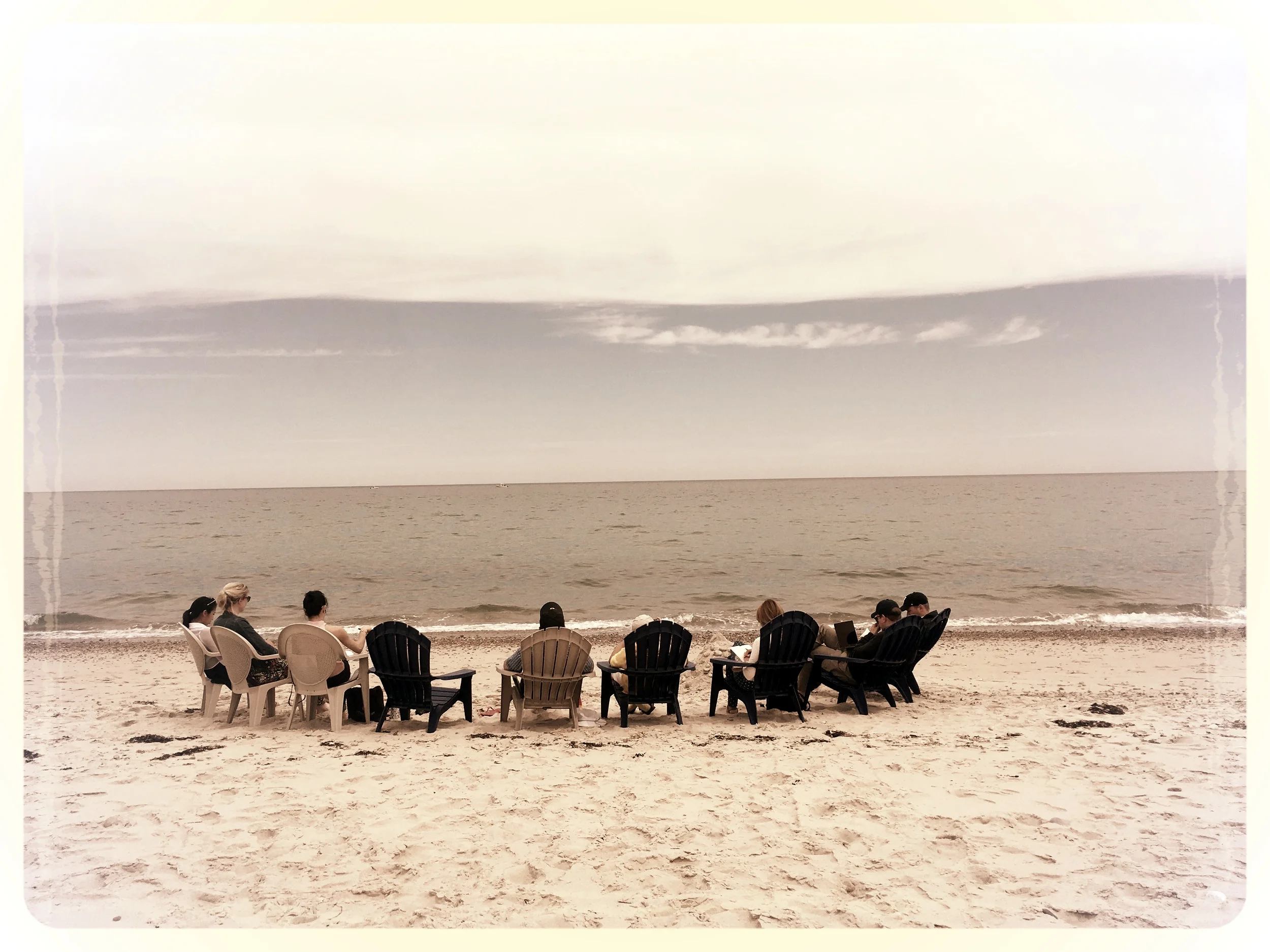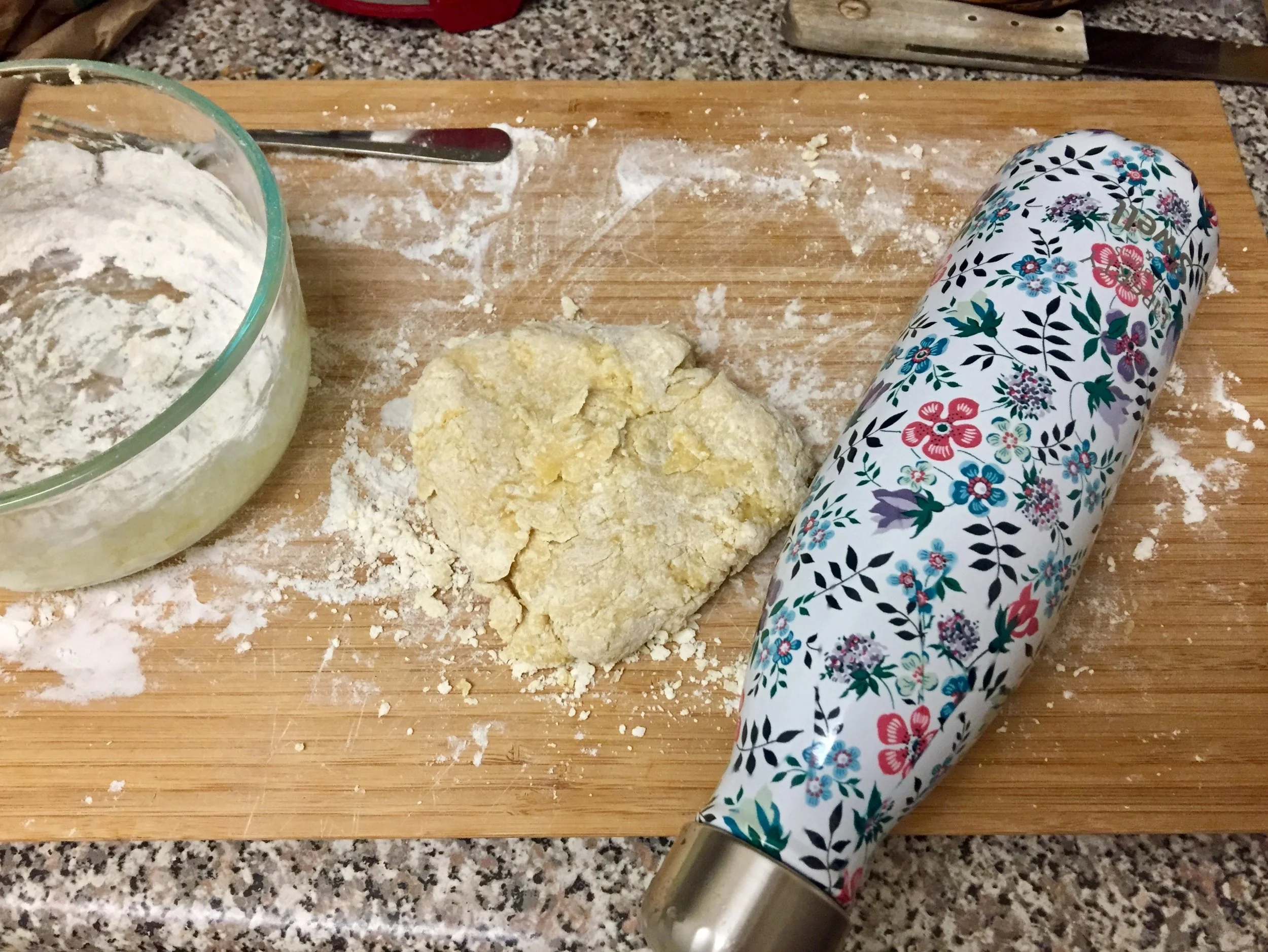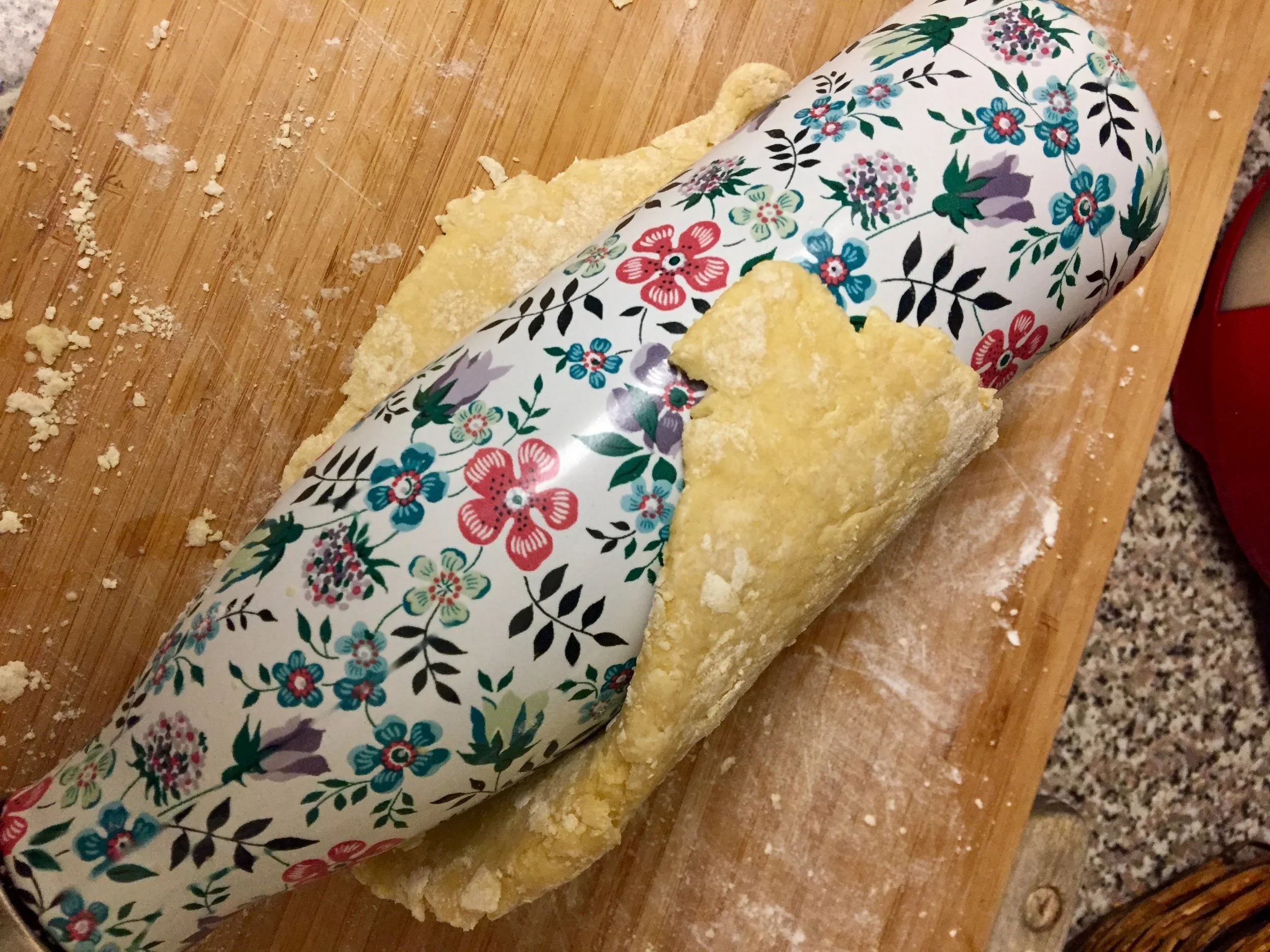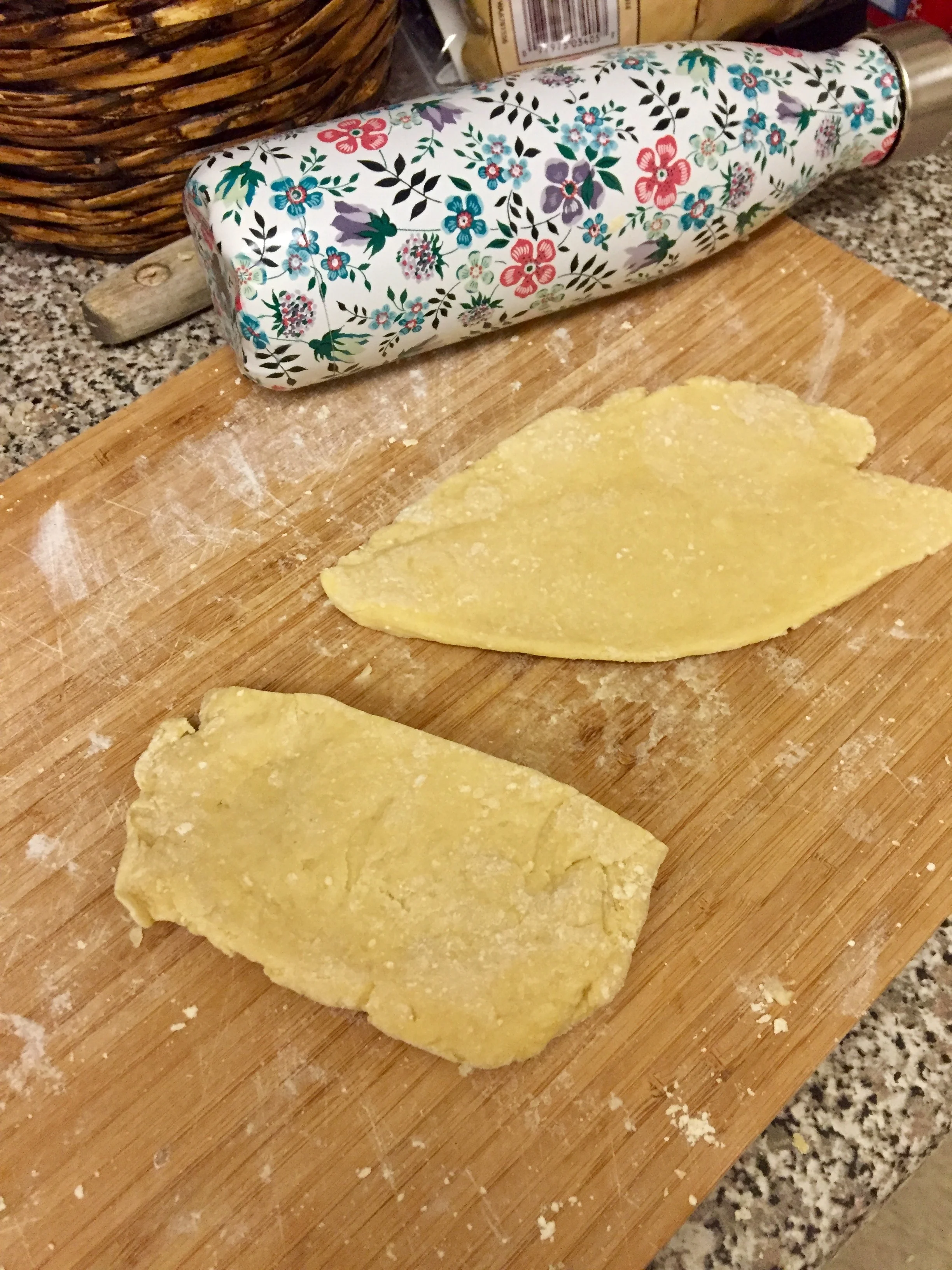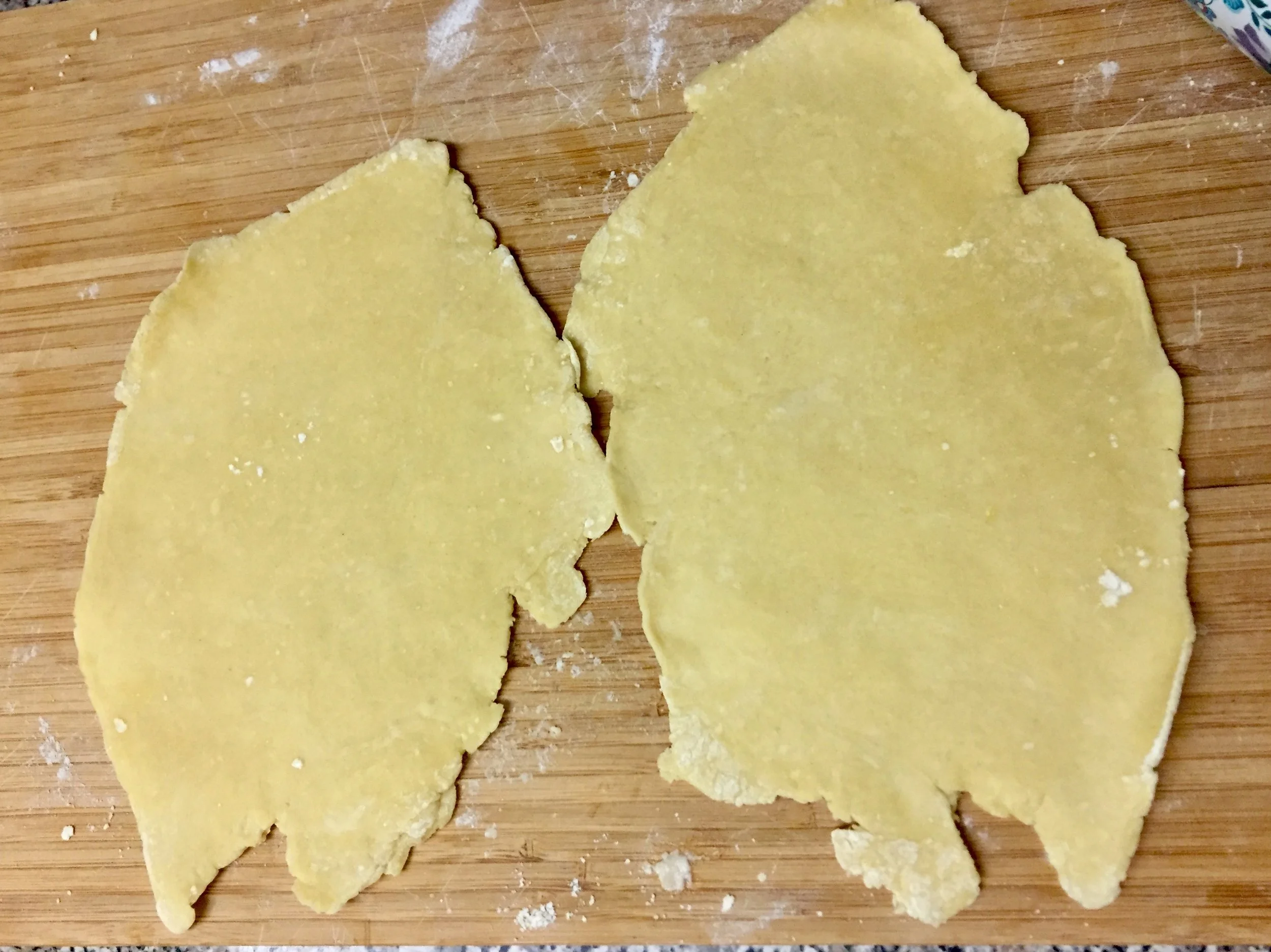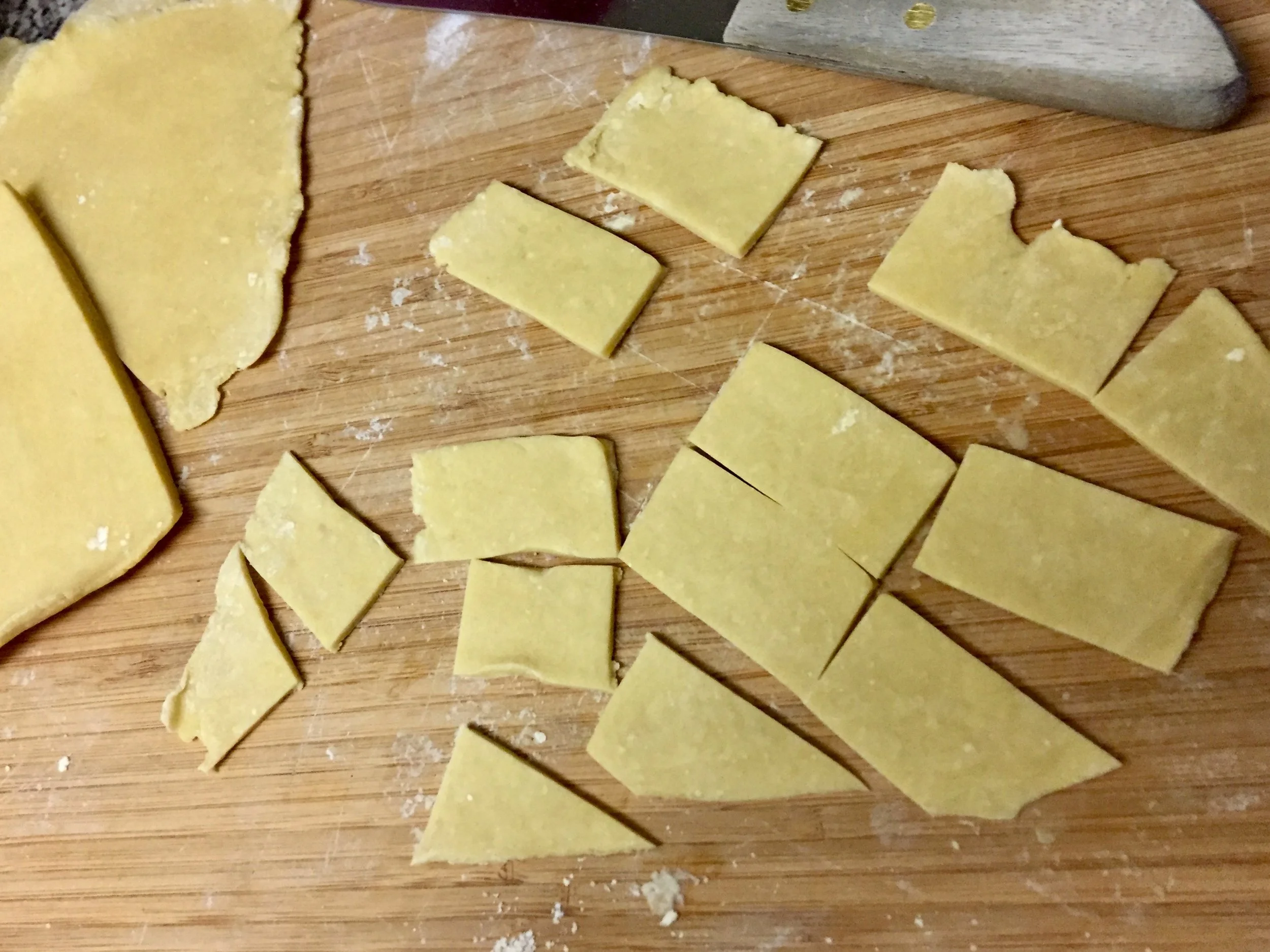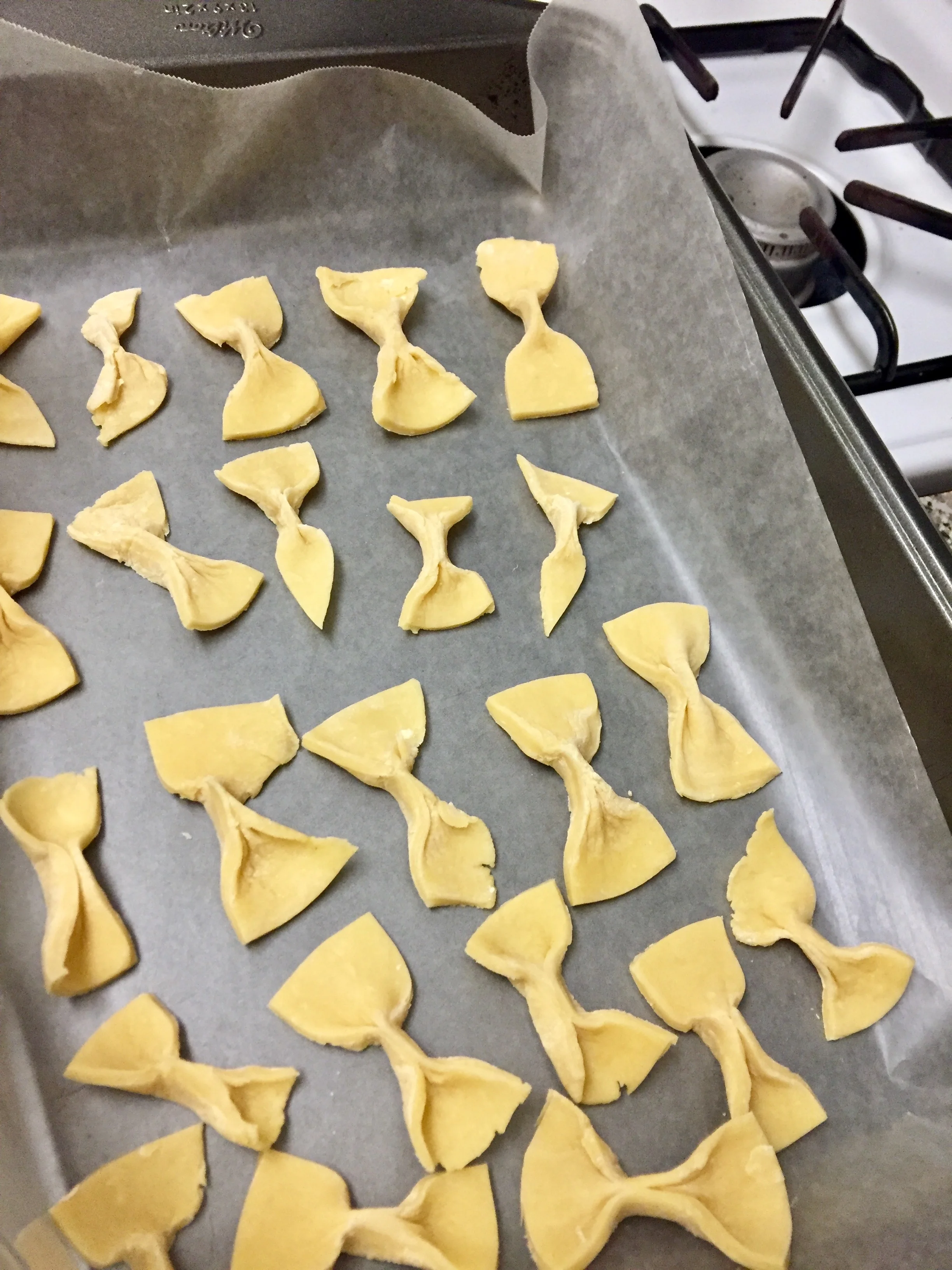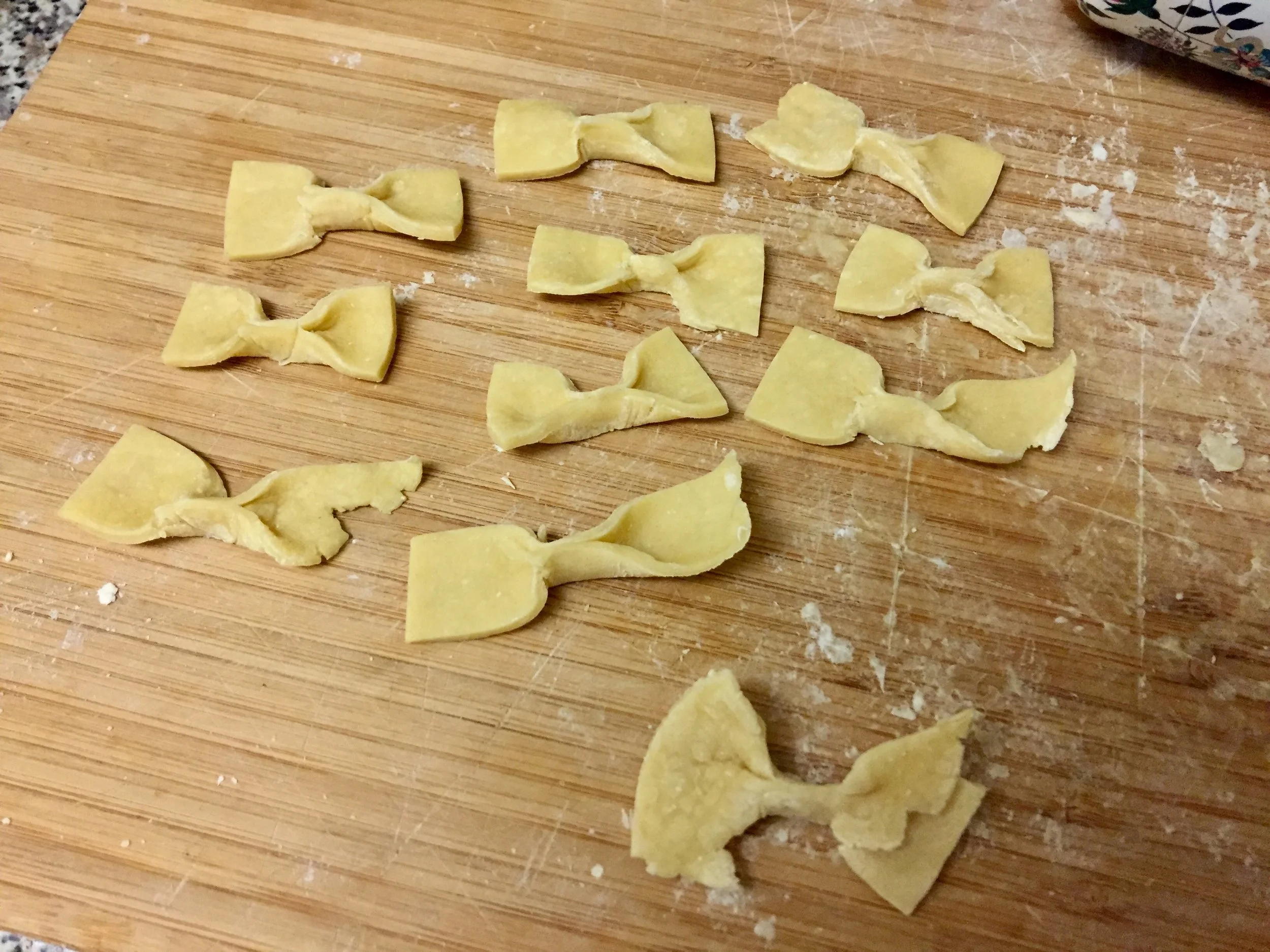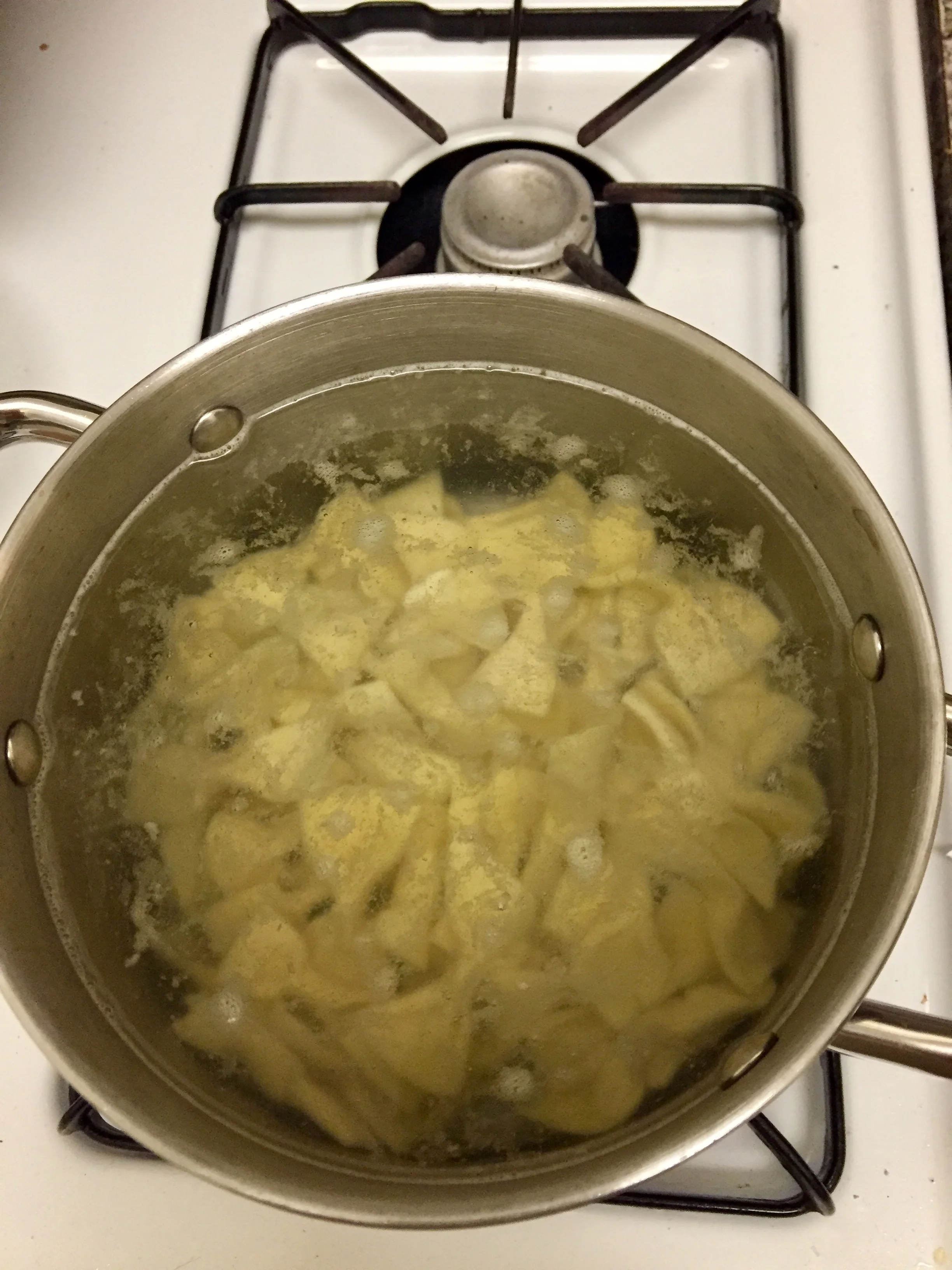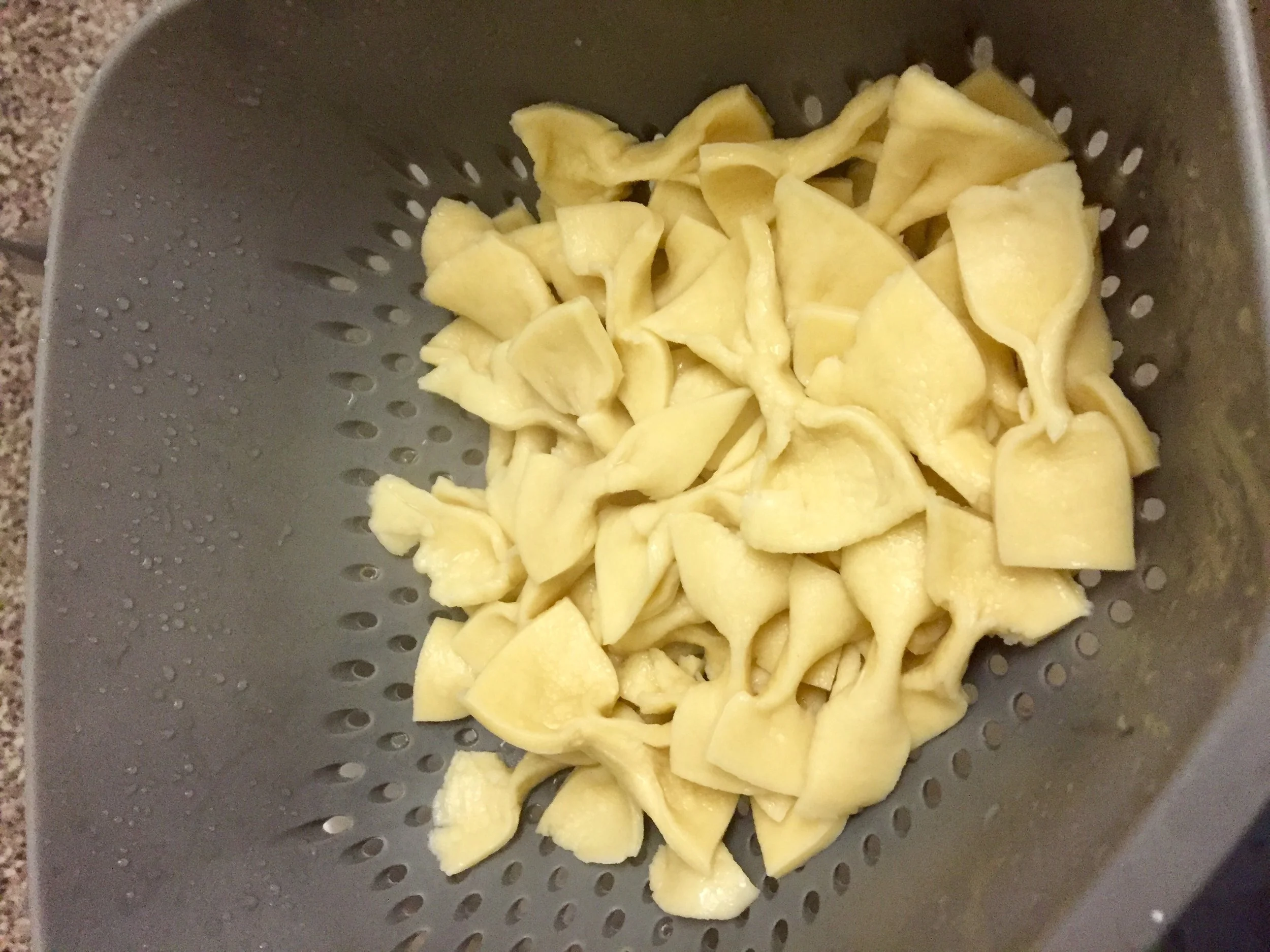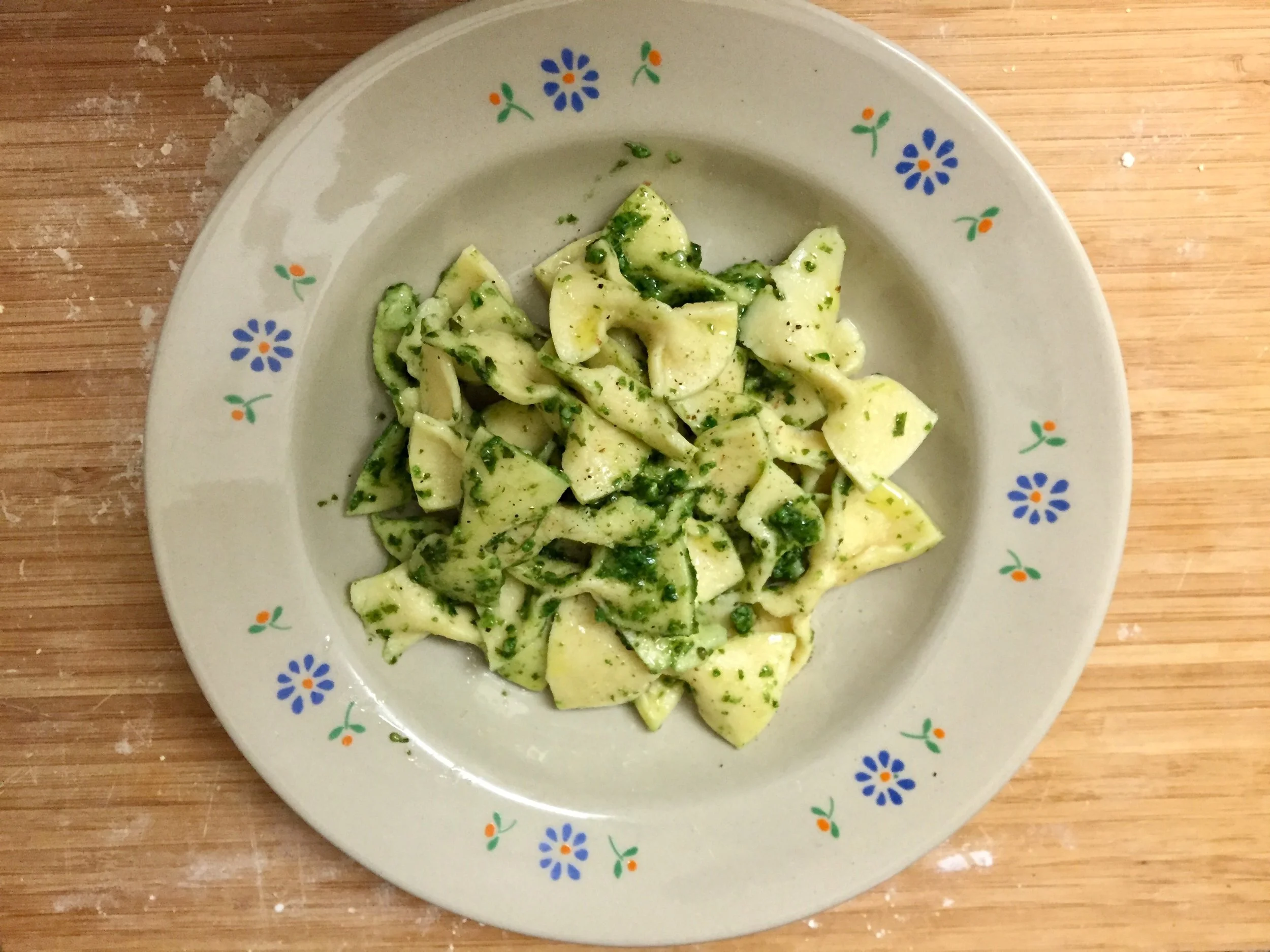Dear fellow reader/adventurer,
It has been many weeks (and definitely well over a month) since I have composed a blog post. So many things in my life have kept me preoccupied during this time—academic coursework, wedding planning, career planning, and of course, New York City itself with its finicky weather patterns and hidden gems. Writing and sharing my thinking through this blog is a personal endeavor for me, and one that I take very seriously because it is so personal in nature. As I am sure I have already expressed elsewhere through my ramblings, writing is an inspirational act for me, and inspiration does not always come when I want it to come, or need it to come (preferably not too close to a deadline!). With blogging, there is no deadline really, as I write not for financial gains but rather as a form of self-expression, self-discovery, and self-care.
During this second semester of graduate school at Teachers College, I have done a lot of experimenting. I would like to honor that with a different kind of blog post. I am not quite sure how to categorize it (there are always category “tags” that I include per entry and I really struggled this time). I almost wanted to create a new category named “experimentation.” but then decided against it because I truly want this to be an experiment that defies categorization. So please excuse the category tags, for they are simply placeholders so that this entry may find its way to you :)
As much as I enjoy writing and playing with words, I often find words constraining. I often struggle with finding the right words to describe a sentiment, to evoke a scene, to capture a phenomenon. Thus, for this particular entry, beyond this intro text, I will try to refrain from using many words.
Drawing inspiration from both Deleuzoguattarian theory of “becoming” and Kathleen Stewart’s evocation of “ordinary affects,” this visual entry is an experiment-in-process with the raw materials of flour, eggs (and some water). Here, I share the simultaneous unraveling and entangling of these materials as they become (through manual labor) dough and eventually homemade farfalle. I will be re-turning (in a Baradian sense; see Karen Barad) and sharing additional insights as I revisit this entry in the near future.
P.S. No fancy equipment was used in the process of dough becoming farfalle. Eventually, I plan to get a pasta maker.
P.P.S. Should I own a rolling pin, this process would have been less labor-intensive. The dough would have also been less dry had I maintained the ratio of flour to egg of 2:1 by mass. I did not have a kitchen balance/scale so had to use my portable luggage scale.
Hope you enjoy my musings…
Starting with two eggs for two portions… these were medium size eggs (I would opt for large eggs next time) weighing about 45 grams each.
Since I do not own a kitchen scale/balance, I used a Ziploc bag to hold the flour, punched a hole in the bag, and used the hook of my luggage scale to measure the weight of the flour. Since precision is not what I was aiming for, I did not zero out the weight of the bag itself. I aimed for about 90 grams of flour (double the mass of the eggs).
Kneading the dough was tricky. I ended up with a little too much flour (I was told that humidity influences how much flour to add and this was a dry day), which made my dough rather flaky. I ended up using water to add moisture (apparently you are NOT supposed to do this).
I also do not own a rolling pin, so I resorted to using my swell bottle to flatten the dough. This was a major challenge. I am told wine bottles are better than swell bottles. Note to self for next time, although by next time, I imagine I will have a proper rolling pin (the local grocers did not carry rolling pins).
Many minutes later… the dough becoming flatter… and smoother… while I am becoming sorer…
This was the flattest i could get my dough without overdoing my arm workout.
Perfection in shape was not something I was aiming for. Given that I had no patience for cutting the dough into linguini-sized noodles, I aimed for farfalle. I also did not care about raw edges— again, this was all for fun and experimentation.
Rectangular dough becoming farfalle… Simply use your thumb and pointer finger to pinch together the middle of the dough to create little bows.
More farfalle… making pasta for two…
It is starting to look like a meal!
Because the dough was freshly made, there was no need to hydrate the pasta. As such, once the water boiled, it only took 2 minutes to achieve an al dente state. It would have taken less time had the pasta been thinner…
Draining the pasta…
Mixed with homemade pesto (store-bought), some freshly cracked black pepper, and salt to taste.
Bon appetit! (This was one portion; I made two bowls of pasta).
